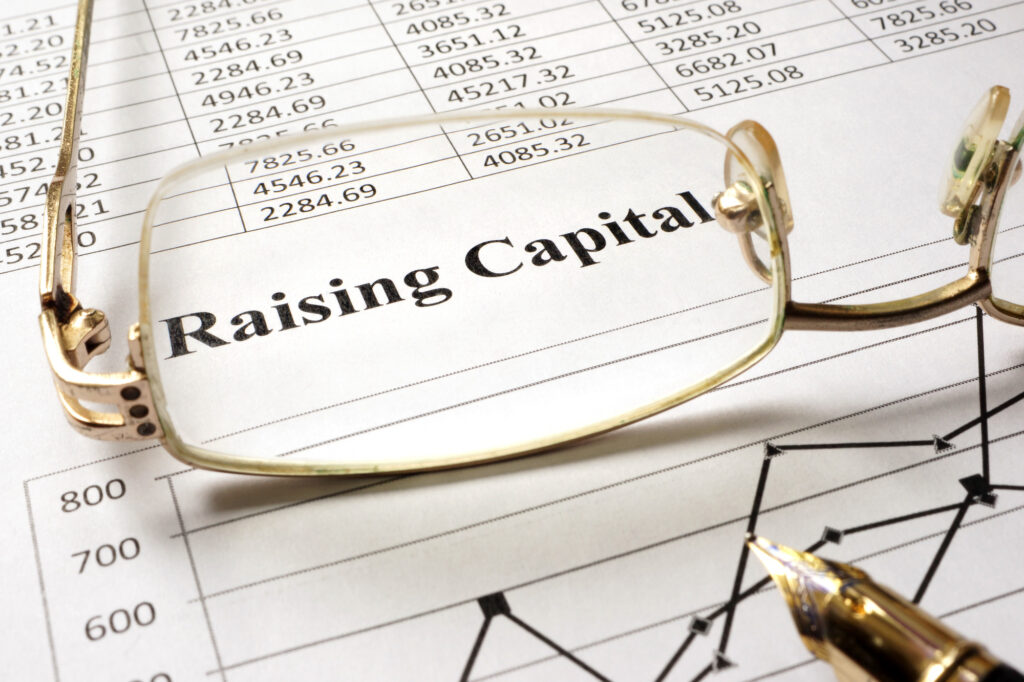Photo by Kelly Sikkema on Unsplash
Every business has value, determining that value can be complex. Fear not, we are here to help determine which model is the best for you. There are three that can help determine the financial viability of your company, how much it is worth, and what the financial future looks like.
Putting together a model will help investors, stakeholders, and shareholders see how well the company is doing or is expected to do. Your goals and needs will determine what model you should use. We have compiled some suggestions.
1. Three Statement Model
With this type of financial model, there is a trio of statements connected together. Income statement, balance sheet, and cash flow statements are used to create this model and give insight into the financial well-being of the company.
In order to create this model, strong Excel skills will be needed. Each statement has pertinent information on it. Information on one statement will support information on the others.
As you build this model, make sure to include at least three years of information on it. That will allow prospective investors and accountants to see the forecast a little better. It will also help guide plans for the future of the company.
2. Initial Public Offering Model
When a large amount of capital needs to be raised, most companies will consider an IPO. While there are not many companies that will command a large initial public offering, like Facebook, doing one can help bring in monetary assets.
To build this model, you will need to compare your business to others in the industry. To start this, find the right companies, those that are most aligned with your business. A factor in comparing two companies should be geography/ After determining what companies are close it is time to look at their figures. This will help in determining how much money an investor would be willing to pay for your company.
Look at the other companies financial records. Keep in mind that some of the information may be more varied than usual because the other business is in a different lifecycle than yours is. Use these numbers to compile tables for investors to see.
How much is your business worth? After doing the valuation, keep an eye on any fluctuations. While it may not seem significant right away, any variation could come back and change the numbers in a big way.
3. Forecasting Model
The forecast model is very comparable to the budget model. A big difference with the forecast is that, when compiling one, the goal is to determine profitability instead of trying to balance the money flow.
When putting together a forecast model, it is important you start with the expenses. Why? Because expenses are known from the onset and revenues are unpredictable. However, when you do forecast revenues, you should use both conservative and aggressive numbers. While aggressive numbers seem to be just a dream, they will guide your goals as you move along.
After pulling together the expenses and the revenues, make sure your key ratios are right. The gross margin is an area where the aggressive numbers won’t work out so well for you. Anything that changes your gross margin forecasts between 10 and 50% should be looked at with a wary eye.
The operating profit margin needs to be carefully created. A break-even point too soon can lead to some bad business dealings and broken trust with investors.
No matter how you decide to do your model, make sure to have assistance. We can help build a model that suits your business and attract investors. Call us today to get started and kickstart your business.





